My first cruise was supposed to be the vacation of a lifetime, but I ended up spending way more money than planned. Sneaky sales tactics and hidden fees caught me off guard at every turn. Learning these expensive lessons the hard way taught me valuable skills for future trips.
1. The Photographer’s “Free” Portrait Session
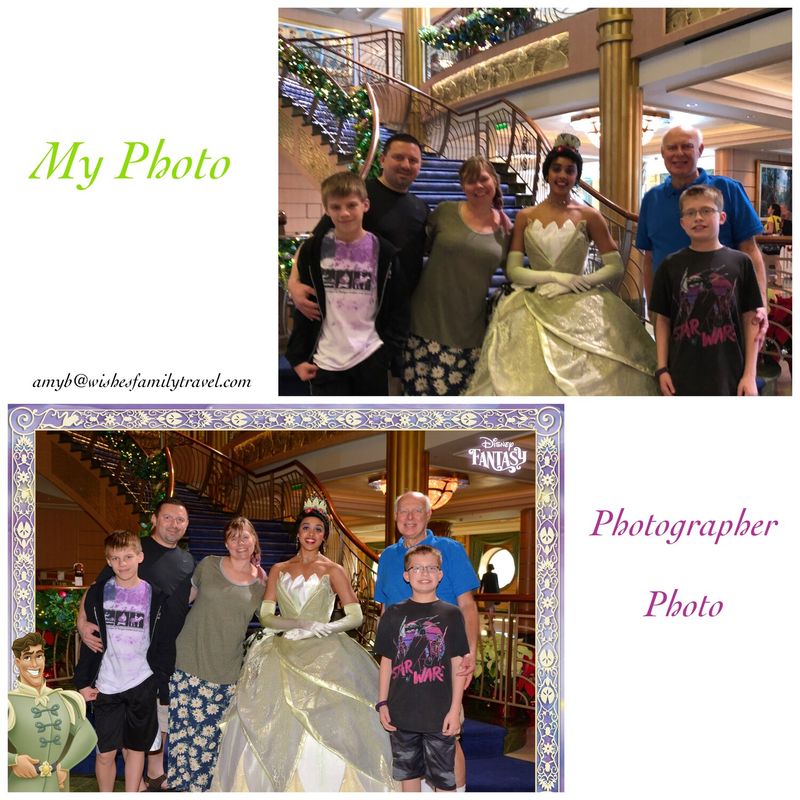
Professional photographers roam the ship offering complimentary photo sessions with fancy backdrops. They promise no obligation, but later pressure you to buy expensive packages starting at $200.
The sales pitch happens when you view photos at their gallery. Staff use high-pressure tactics, claiming limited-time discounts that expire soon.
Skip posed photos and take your own memorable shots around the ship instead.
2. Shore Excursion Markup Madness
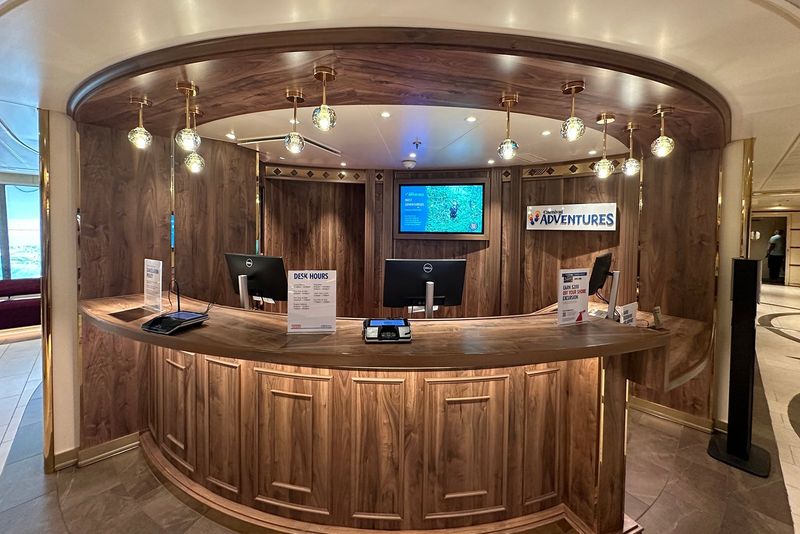
Booking excursions through the cruise line costs double what local tour operators charge. A $150 snorkeling trip might cost only $60 when booked independently at the port.
Cruise staff warn against booking outside tours, claiming safety concerns and missed departure risks. However, reputable local operators know ship schedules well.
Research port activities online before your trip and book directly with trusted local companies.
3. Specialty Restaurant Upselling Tricks
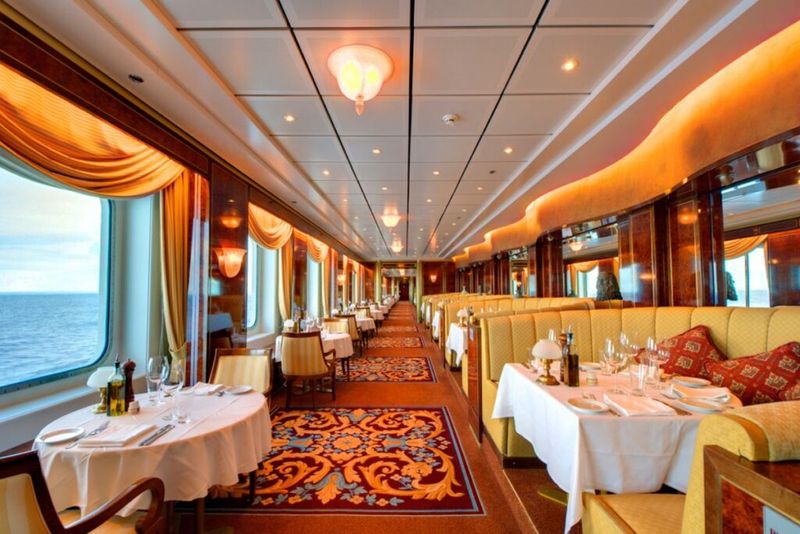
Waiters in the main dining room constantly promote specialty restaurants, claiming they’re “only $39 per person.” Hidden charges for drinks, appetizers, and desserts quickly double the bill.
They create urgency by mentioning limited availability and special chef appearances. The truth is most specialty restaurants have plenty of open tables.
Stick to included dining options or budget carefully for one special meal if desired.
4. Beverage Package Overselling
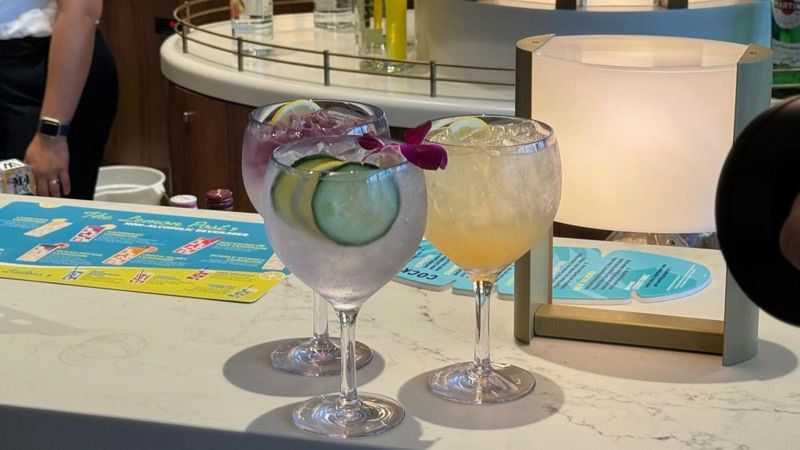
Bartenders and waiters aggressively push drink packages, claiming you’ll “definitely save money” even if you’re not a heavy drinker. They quote inflated individual drink prices to make packages seem valuable.
The math rarely works out unless you consume 8-10 alcoholic drinks daily. Many passengers end up forcing themselves to drink more just to justify the cost.
Calculate your actual drinking habits and pay per drink if you’re a light drinker.
5. Art Auction “Investment” Scams

Onboard art auctions create artificial excitement with free champagne and claims about artwork appreciation. Auctioneers present pieces as “investments” that will increase in value over time.
The same mass-produced prints appear on multiple cruise lines at inflated prices. Certificates of authenticity mean little when thousands of identical pieces exist.
Enjoy the entertainment but avoid purchasing expensive artwork you wouldn’t buy on land.
6. Spa Treatment Pressure Tactics
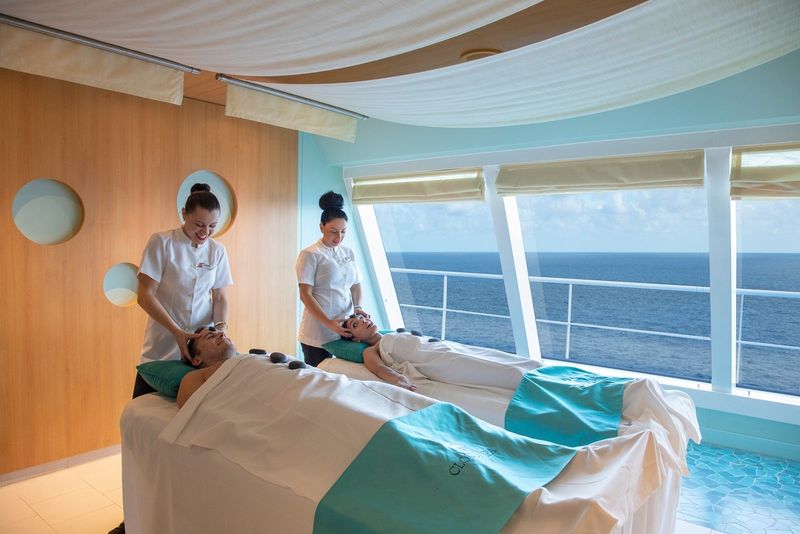
Spa staff offer “complimentary” consultations that turn into high-pressure sales sessions for expensive treatments. They claim special cruise pricing that’s actually higher than land-based spas.
Consultations involve analyzing your skin or posture, then recommending multiple costly services. They create urgency by claiming limited appointment availability.
Research spa prices beforehand and politely decline consultations if you’re not genuinely interested in treatments.
7. Casino Rewards Program Deception

Casino hosts enthusiastically sign you up for players’ clubs, promising free drinks and exclusive perks. They downplay the gambling requirements needed to earn meaningful rewards.
Free drinks come with minimum bet requirements that cost more than buying drinks outright. Promised perks like priority dining reservations rarely materialize without significant gambling losses.
Gamble only what you can afford to lose and ignore promises of “free” benefits.
8. Internet Package Overcharging
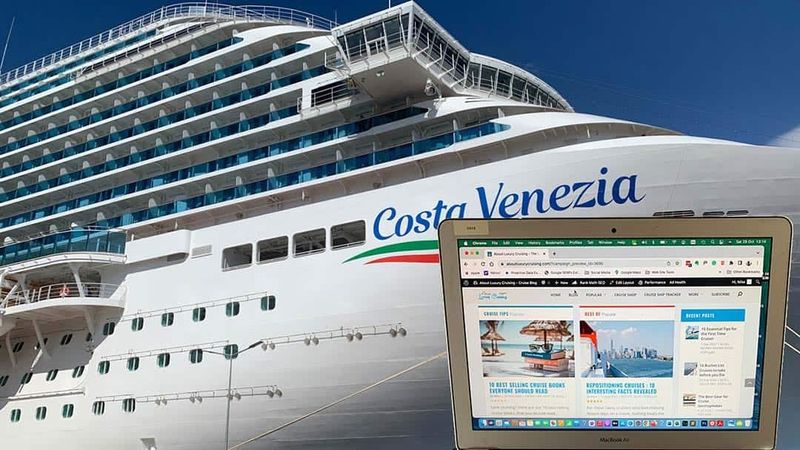
Cruise lines offer multiple internet packages with confusing pricing structures. Basic packages barely load email, forcing upgrades to premium plans that cost $30+ per day.
Sales staff claim you need premium packages for simple tasks like checking social media. They bundle multiple devices at seemingly discounted rates that still cost more than necessary.
Consider disconnecting completely or research port wifi options before purchasing expensive shipboard internet.
9. Laundry Service Markup
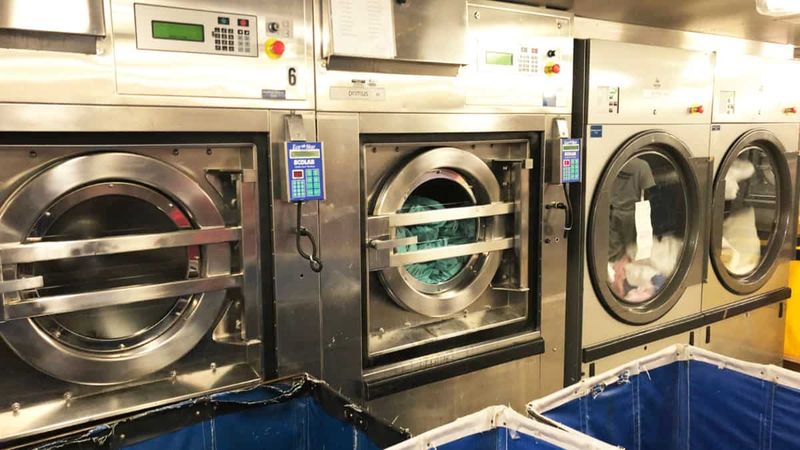
Onboard laundry services charge $5 per shirt and $8 per dress, making a small load cost $50 or more. They promote convenience while hiding the extreme markup over normal dry cleaning.
Staff discourage using self-service laundromats, claiming they’re always busy or broken. In reality, coin-operated machines cost under $5 per load including detergent.
Pack more clothes or use self-service facilities to avoid excessive laundry charges.
10. Duty-Free Shopping Illusions
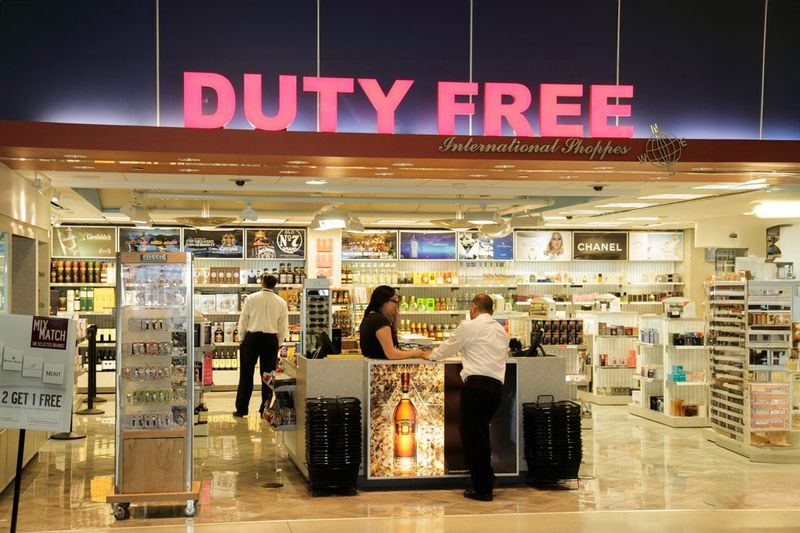
Onboard shops advertise “duty-free” prices that are often higher than regular retail stores. Limited selection and captive audience allow inflated pricing on jewelry, perfume, and alcohol.
Sales staff create urgency by claiming port shopping is unreliable or inferior quality. They offer payment plans for expensive jewelry, making overpriced items seem affordable.
Compare prices online before purchasing and consider shopping at actual duty-free stores in ports.
11. Gratuity Guilt Manipulation
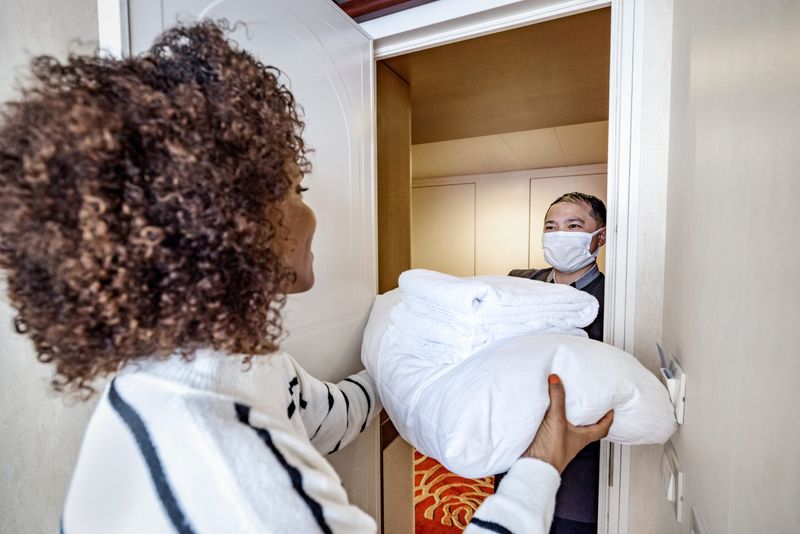
Automatic gratuities appear on your bill, but staff members hint they’re insufficient or suggest additional cash tips. They share personal stories to create emotional connections and guilt about standard tip amounts.
Room stewards and waiters mention supporting families back home, implying you should tip beyond the already-added service charges. This double-dipping significantly increases your cruise costs.
Pre-paid gratuities are sufficient; additional tipping should be based on exceptional service, not guilt.
12. Bingo and Game Show Rigging
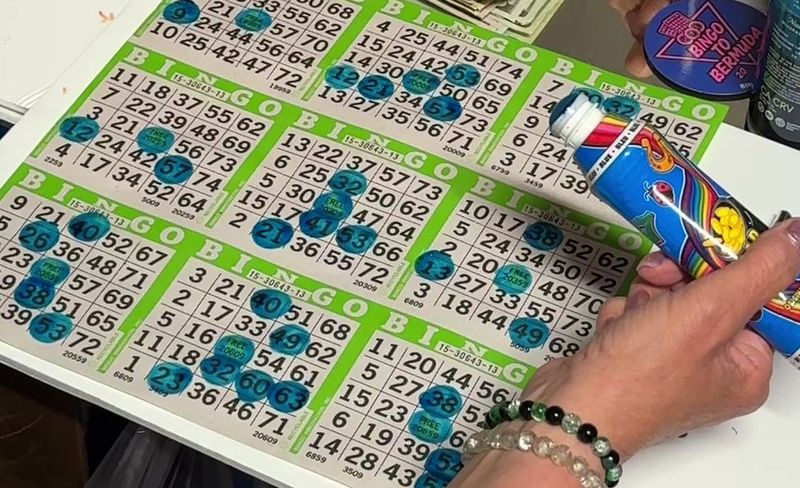
Onboard bingo games and game shows appear to offer easy money-winning opportunities. Hosts create excitement by announcing large jackpots and claiming anyone can win.
Games are designed to maximize participation while minimizing payouts. Multiple sessions with small prizes encourage continued play, while advertised jackpots rarely reach promised amounts.
Treat these as entertainment expenses rather than money-making opportunities, and set strict spending limits beforehand.
13. Future Cruise Deposit Pressure

Cruise staff aggressively promote “exclusive” onboard booking deals for future cruises, claiming significant savings only available during your current trip. They require immediate deposits to secure pricing.
Promised savings often disappear when you try to book specific dates and cabins. Deposits are difficult to refund, and actual pricing flexibility is limited compared to booking independently.
Research cruise prices thoroughly and avoid pressure to book future trips while still on vacation.
14. Medical Center Overcharging
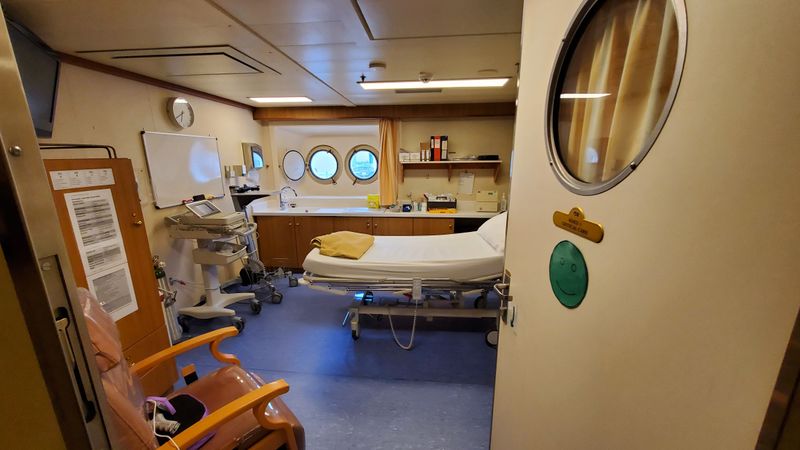
Onboard medical centers charge extreme fees for basic services, often 10 times more than land-based care. A simple bandage application can cost $200, while seasickness medication costs $50.
Medical staff don’t always disclose prices upfront, presenting bills after treatment. They claim specialized maritime medicine justifies inflated costs for routine procedures.
Pack comprehensive first-aid supplies and basic medications to avoid unnecessary medical center visits for minor issues.
15. Fitness Class Hidden Fees

Advertised fitness classes often require additional fees beyond what’s included in your cruise fare. Yoga, spinning, and specialty workouts can cost $25-40 per session.
Fitness staff promote classes as “complimentary” during ship tours, only revealing charges when you attend. They bundle multiple classes at seemingly discounted rates to increase spending.
Use the free gym facilities and participate in complimentary deck activities instead of paying for expensive fitness classes.
16. Souvenir Photo Ambush
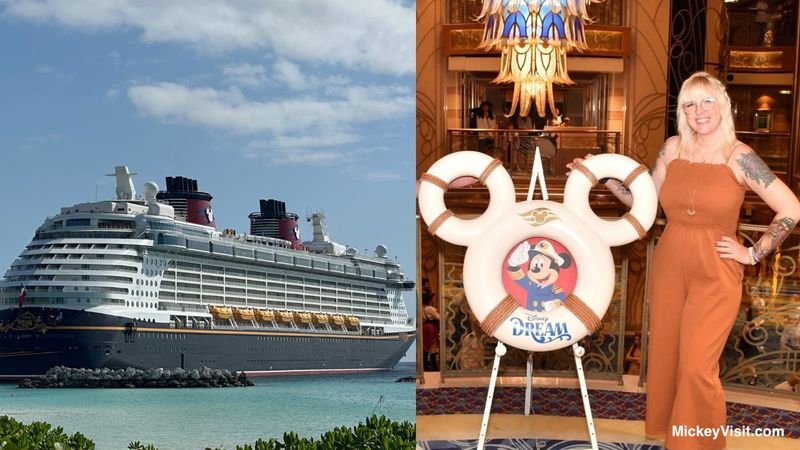
Photographers constantly snap your picture throughout the cruise, then display photos for purchase at inflated prices. A single 8×10 photo costs $25, while packages start at $200.
They capture moments during dining, activities, and boarding, creating emotional attachment to specific memories. High-pressure sales tactics include limited-time offers and claims photos will be discarded.
Take your own photos and politely decline posed shots if you’re not interested in purchasing expensive souvenir pictures.
17. Room Service Surprise Charges
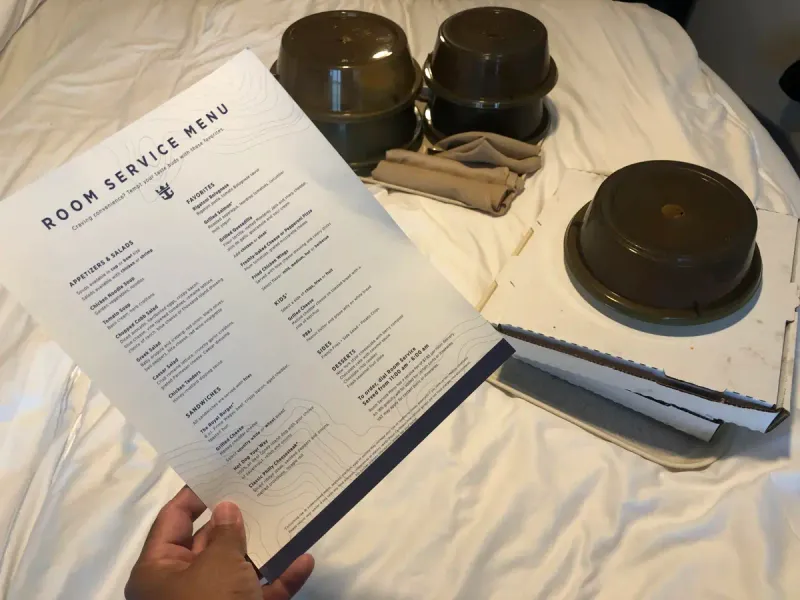
Room service menus don’t clearly display automatic service charges and delivery fees that can add $15-25 to small orders. A simple burger and fries becomes a $40 meal.
Staff don’t mention additional charges when taking orders, presenting inflated bills upon delivery. They claim convenience fees are standard practice for in-room dining service.
Read all fine print carefully and consider dining at included restaurants to avoid expensive room service surprise charges.



